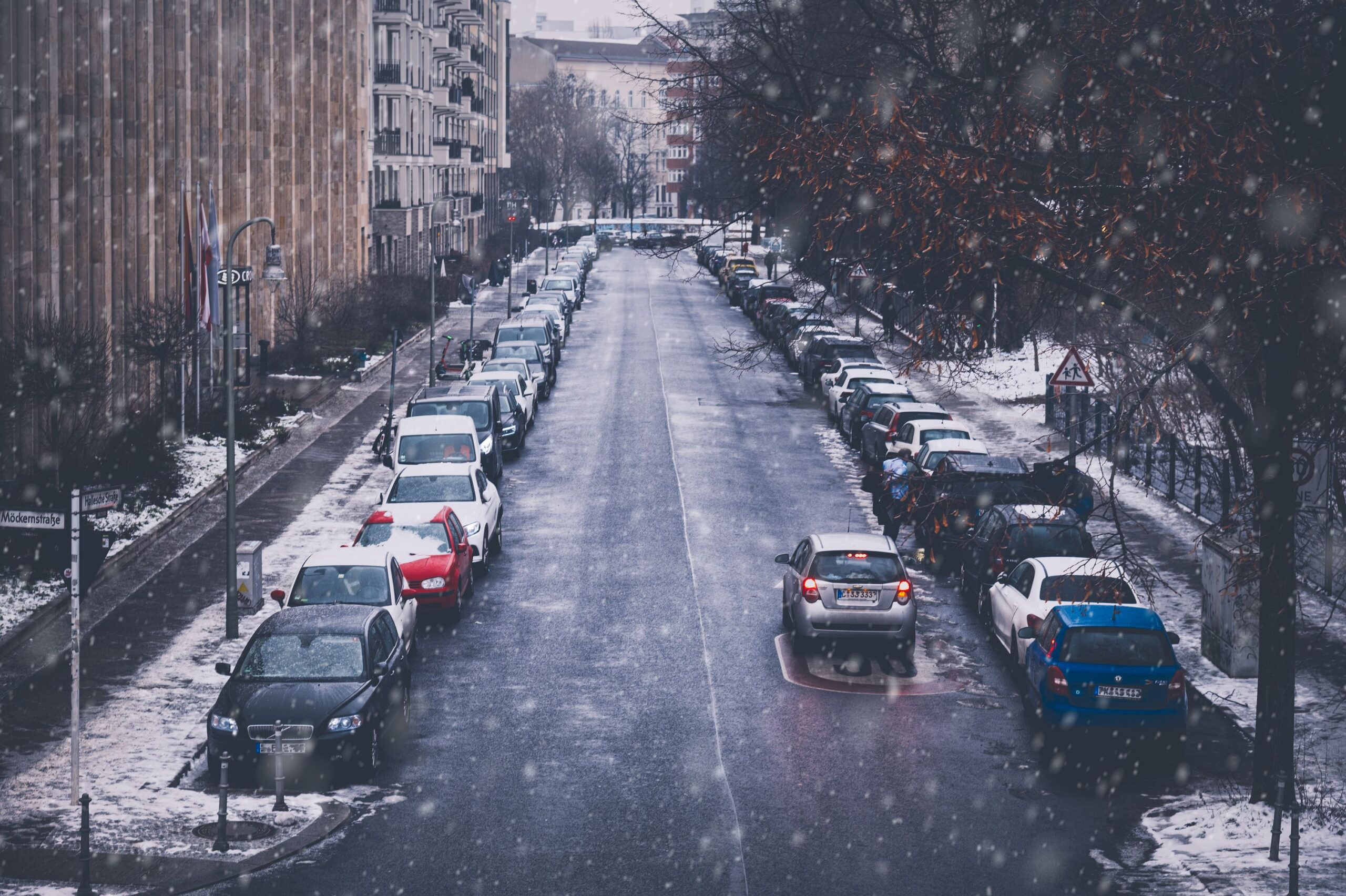“Imported,” “Bad Luck,” and “Homemade”: The Reasons for the Currently Poor Air Quality in Germany.
In “Warum die Berliner Luft plötzlich so schlecht ist” (Translated to: Why the Air Quality in Berlin Suddenly Deteriorating), Arvid Haitsch addresses the current “alarming levels” of air quality, particularly “in the northern and eastern regions of Germany” (Quelle), as indicated by data from the German Environment Agency (UBA). According to him, “a portion of the problem is imported, some bad luck is involved, but most of it is self-made.” An “acute outbreak” of poor air quality is not uncommon during the winter months. If recent years had “luck with the weather,” now several factors are converging:
- “In a stable, relatively windless winter weather situation, the air is hardly exchanged. Cold air stays close to the ground, accumulating pollutants like a ‘bell,’ says Feigenspan.
- In cold weather, more heating occurs, with wood-burning stoves now identified as the main contributors to PM 2.5 emissions. In 2021, their emissions surpassed those of road traffic, which has seen a long-term reduction in fine particulate matter emissions, primarily caused by tire, brake, or road surface abrasion rather than exhaust emissions, though still dominating with coarser particles up to ten micrometers (PM 10).
- Furthermore, the emission control systems of cars operate only to a limited extent at low temperatures, either due to intentional defeat devices (the so-called thermal window) or simply because catalytic converters require a certain operating temperature. Cold starts and short trips in winter significantly increase the pollution load.
- In the east, an unfavorable weather effect has been added in recent days: although weak, the predominantly southeastward blowing wind — and in Poland and the Czech Republic, heating with coal and wood is even more prevalent. However, depending on the time of day, the majority of poor air quality in Berlin comes from German sources, and in Hamburg, where values are also significantly elevated, only a minor influence from neighboring eastern countries is observed.” (Source)
Credits: Johannes Roth & Peter Herrmann from Unsplash
According to reports from DER SPIEGEL, “in Berlin or Hamburg, for example, on Thursday, one cubic meter of air contained more than 30 micrograms of fine particulate matter with a particle size under 2.5 micrometers (PM 2.5),” and “much higher values were measured near the Baltic Sea coast” (Source). The World Health Organization (WHO) recommends limiting the concentration to “a maximum of five micrograms per cubic meter.” However, the European Union plans to reduce the current limit of 25 micrograms to ten micrograms only by 2035 (Source).
This is significant because PM 2.5, or “these tiny particles, are considered particularly dangerous as they can penetrate lung tissue and enter blood vessels, leading to various medical consequences such as respiratory and cardiovascular diseases, cancer, dementia, and possibly some mental illnesses like depression” (Source). Despite the fact that “the legal limits are generally met on an annual average,” “excessive and persistent air pollution, especially with fine particulate matter, is held responsible for hundreds of thousands of premature deaths each year in the European Union” (Source). Javi López, “the Member of the European Parliament responsible for the reform of air quality directives,” therefore referred to it as a “slow-motion pandemic.”



